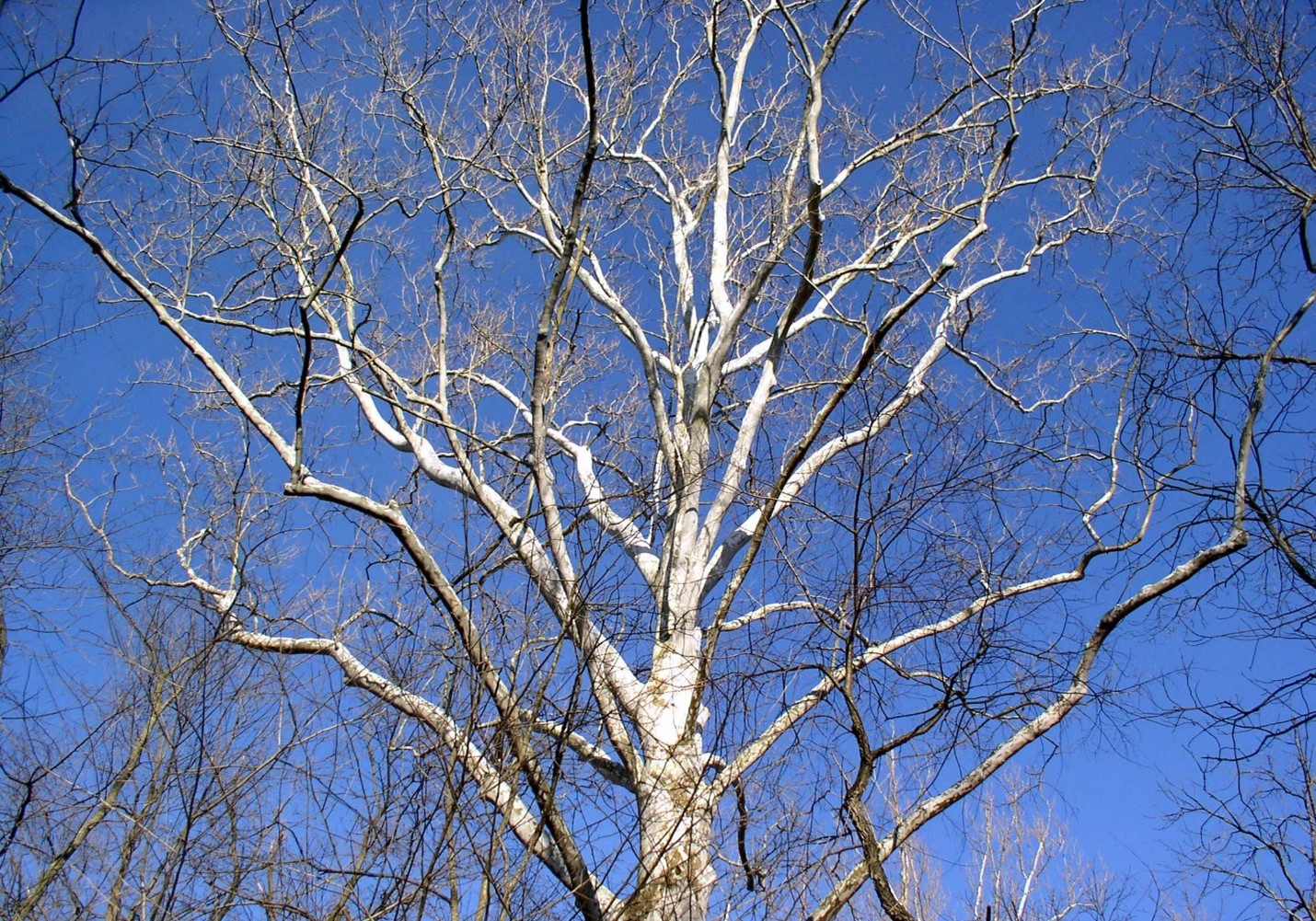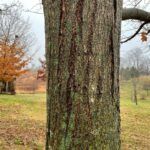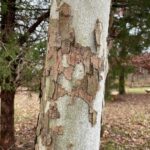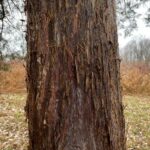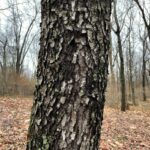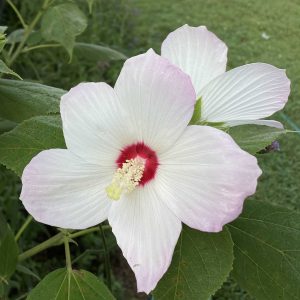Winter Tree Identification at Creasey Mahan Nature Preserve
by Christy Rybka
Although many naturalists identify common Kentucky trees by looking at their leaves, winter provides a wonderful challenge to identify deciduous trees by their bark alone. Are you up to the challenge? Read on!
Ridges and Furrows
Young trees often have smooth, unbroken bark, but as trees age, they often develop cracks called furrows, which are separated from the elevated bark known as ridges. Most trees have deep ridges and furrows that distinguish them from other trees with scaly, smooth, or exfoliating bark.
Trees with deep ridges and furrows include Maple, Oak, Walnut, Chestnut, and others.
Some trees, such as Tulip Poplar, have ridges that intersect diagonally, while others have unbroken, vertical ridges, such as the Sugar Maple.
Scales and Plates
You may notice some trees exhibit scales, unlike ridges and furrows which create long, vertical patterns down the trunk of the tree. Scales usually look like broken, elevated plates on the trunk of the tree.
One common Kentucky tree that has scaly bark is the Black Cherry, which has very dark bark.
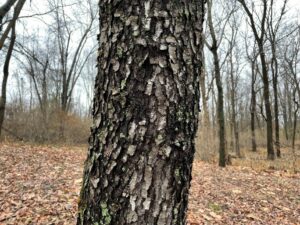
Prunus serotina
Exfoliation
Some common trees in our area, such as the American Sycamore, Eastern Red Cedar, Bald Cypress, and Shagbark Hickory, have exfoliating bark. Exfoliation is a genetic trait, and often occurs when a tree grows and the trunk diameter expands, the outer layer of bark splits, revealing a new layer of bark beneath. Please don’t “help” the tree by peeling it, rather let the tree naturally shed the bark.
Also, in some trees, exfoliation eliminates unwanted insects, bacteria, fungi, and lichens. Don’t be surprised if you find strips of cedar in a bird nest or squirrel abode because it helps reduce uninvited pests.
Color
Another way to identify a tree is by noticing the color of its bark. Some trees, such as the Black Cherry tree, have dark, almost black bark, while others, such as the Eastern Red Cedar, have reddish-brown bark, and others, such as the White Oak, have gray-brown bark.
Color and Age
The American Sycamore stands out in a forest setting as it ages. With distinctive mottled green, brown, and white bark, as the tree matures, the highest branches look bleached and are all white. We’ve heard them called “white knights” as they may be seen at great distances and may indicate moist areas.
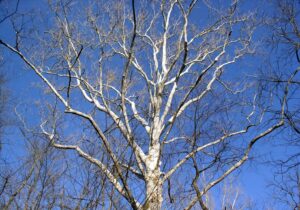
Platanus occidentalis L.
Winter is a wonderful time to pay attention to the unique qualities of trees and their trunks. It’s also a great time to look up and birdwatch. Without leaves, birds are easier to spot as they rest, or forage for berries or winter seeds. Next time you take a hike through the woods at Creasey Mahan Nature Preserve, we encourage you to enjoy the many subtleties of the forested environment and be ready to be surprised. Enjoy!

